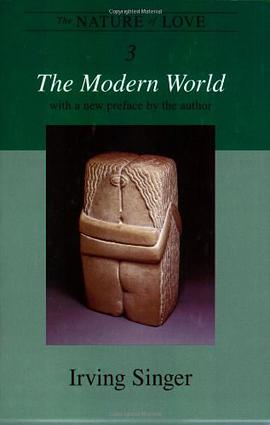

具体描述
By the end of the twentieth century, fiber-optic technology had made possible a worldwide communications system of breathtaking speed and capacity. This amazing network is the latest evolution of communications technologies that began with undersea telegraph cables in the 1850s and continued with coaxial telephone cables a hundred years later. Communications under the Seas traces the development of these technologies and assesses their social, economic, and political effects. If we cannot predict the ultimate consequences of today's wired world--its impact on economic markets, free expression, and war and peace--or the outcome of the conflict between wired and wireless technology, we can examine how similar issues have been dealt with in the past. The expert contributors to this volume do just that, discussing technical developments in undersea cables (and the development of competing radio and satellite communications technology), management of the cables by private and public interests, and the impact on military and political activities. Chapters cover such topics as the daring group of nineteenth-century entrepreneurs who wove a network of copper wires around the world (and then turned conservative with success); the opening of the telegraphic network to general public use; the government- and industry-forced merger of wireless and cable companies in Britain; and the impact of the cable network on diplomacy during the two world wars.
作者简介
目录信息
读后感
评分
评分
评分
评分
用户评价
相关图书
本站所有内容均为互联网搜索引擎提供的公开搜索信息,本站不存储任何数据与内容,任何内容与数据均与本站无关,如有需要请联系相关搜索引擎包括但不限于百度,google,bing,sogou 等
© 2026 book.wenda123.org All Rights Reserved. 图书目录大全 版权所有




















